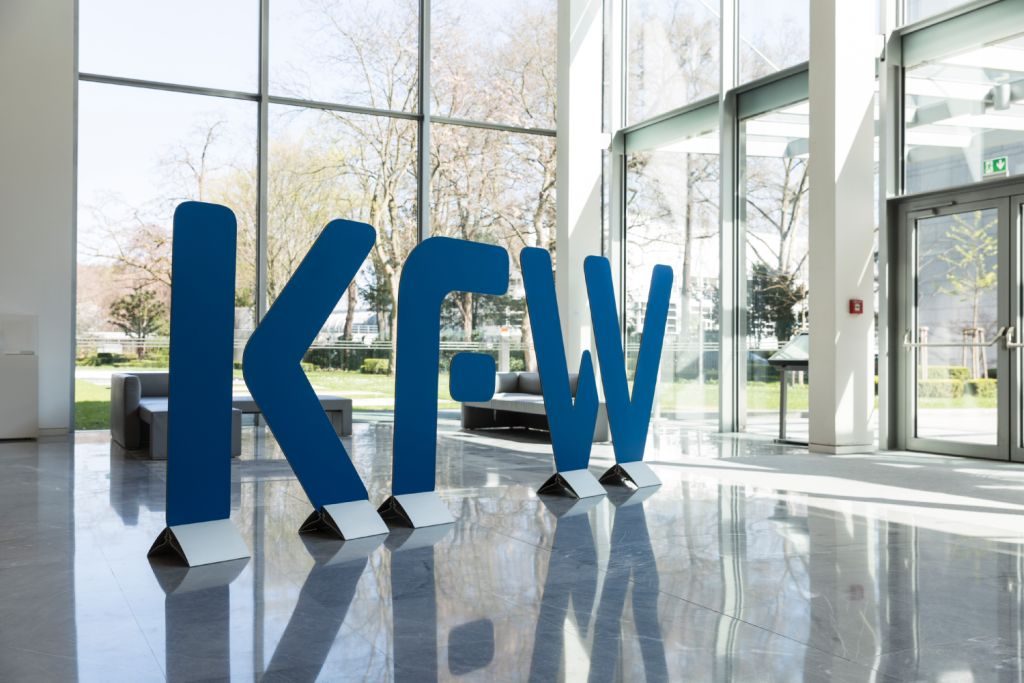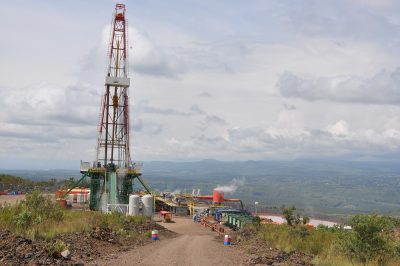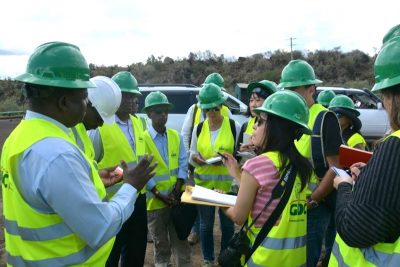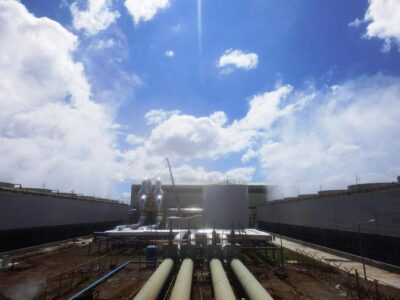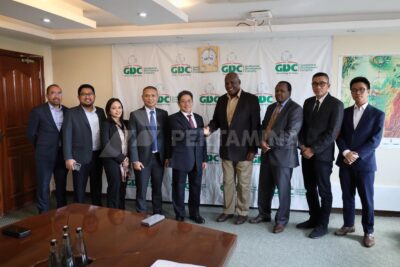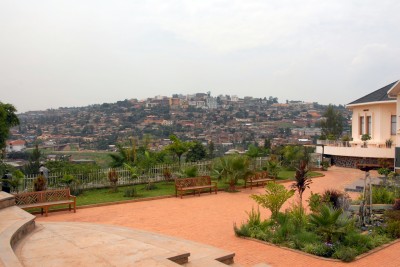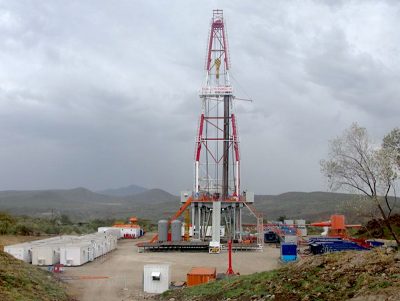German development bank on Kenya’s move to geothermal power
An interview published by German development bank KfW looks at Kenya's jump from diesel powered electricity generation to geothermal power generation.
In a recent interview with Michael Andres, responsible for energy projects at German development bank KfW, the bank explores Kenya’s quantum leap from emergency power diesel generators to a geothermal power plant.
Michael Andres is responsible for the energy projects of KfW Development Bank in Kenia. He has been working at KfW since 2000 in the area of international financing. Among others, he managed commercial financings of KfW IPEX-Bank, as well as energy sector projects of KfW Development Bank in the Caucasus Regional Office.
Mr Andres, Kenya is a pioneer when it comes to generating renewable energy in Africa. Why is that?
The entire continent has enormous potential for renewables. But Kenya lacks substantial fossil fuel deposits, which is why the country has been forced to search for alternatives: even today, around two thirds of the electricity demand is met by renewable sources.
Is that enough to supply the entire population with energy?
Unfortunately not. About half of the population still lacks a mains connection. Because, even though generating capacities have increased by around 60 per cent since 2010, there are still many power supply deficiencies. Rapid population growth and positive economic development have placed expansion of Kenya’s power supply in a position of central importance.
Which strategy is the Kenyan government pursuing?
The potential of hydropower has by and large been exploited and, due to prolonged periods of drought, it has lost reliability. So Kenya is intensifying its use of geothermal, wind and solar energy. Kenya’s geothermal potential is distributed across close to 23 locations and is estimated to be over 10,000 MW. This is far more than Kenya’s current power generation capacity of 2,400 MW.
What benefits does geothermal energy offer when compared to other energy resources?
Geothermal energy is not only a renewable and nearly carbon-neutral technology; it is also largely independent of factors like the seasons and climate. Expansion of geothermal energy exploitation is also an important element of Kenya’s adjustment to climate change, as it reduces dependency on hydropower. Due to the high intensity of radiation near the equator, experts also see strong potential for solar energy. While photovoltaic technology has mainly been used for decentralised, small-scale solutions in the private sector known as “solar home systems” until now, their share in power production is expected to increase to five to ten per cent in the coming years.
How will this goal be achieved?
By 2030, investments of USD 30 to 50 billion in power production, transmission capacity and connections to the electricity mains are expected. This could increase the percentage of renewable energy sources to 80 per cent of the electricity mix. To conserve Kenya’s limited budget funds, the market was opened for private power generation companies. The Kenyan government has already concluded long-term off-take agreements with 11 private electricity producers.
How much of this progress has been due to German participation?
Germany has already been supporting the Kenyan energy sector for 20 years. The Federal Republic primarily promotes the construction of geothermal power plants, including the cost-intensive and high-risk test drillings, with involvement from the private sector. Overall, KfW and GIZ have committed close to EUR 380 million to Kenya for energy projects. In addition, KfW is also participating in investments in the private sector through its subsidiary DEG, such as the privately operated Olkaria III geothermal power plant and the Turkana wind farm. The financing costs can be significantly reduced thanks to the discounted long-term loan .
Do consumers also benefit from this?
The Olkaria geothermal power plant alone reduces emergency power generation with diesel generators so significantly that end consumers saw a drop in energy prices of about 24 per cent. The people now also have access to reliable power.
How does the local population react to the construction works?
When it comes to this type of project, it is extremely important that the livelihoods of local communities are not compromised and that losses are balanced with appropriate compensation and targeted support programmes. The example of Olkaria illustrates this well: its construction required the resettlement of several Maasai communities. Resettlement plans were then developed and implemented together with them. In the end, the living conditions were significantly improved: the people live in new houses with a higher quality of life, have a secure water supply for the first time and social services in the immediate vicinity.
Which KfW projects are being planned?
In addition to developing geothermal power like the exploitation of the geothermal field in Baringo-Silali, we will support Kenya as it develops new wind power generation capacities. Its generation potential is estimated to be close to 5,000 MW. In this manner, the Meru wind farm is being planned with support from Germany and is intended to supply an overall capacity of 400 MW in several phases.
Beyond financing, what can KfW achieve?
Kenya, like other countries, is striving to not only expand renewable energies, but is also actively planning to invest in coal and gas energy sources. Other African countries even want to invest in nuclear energy. By consistently further promoting renewables in the context of development cooperation, Germany and other donors can make a contribution to keeping the proportion of these energy sources as small as possible. The potential for generating renewable energy is large enough.
Source: KfW
